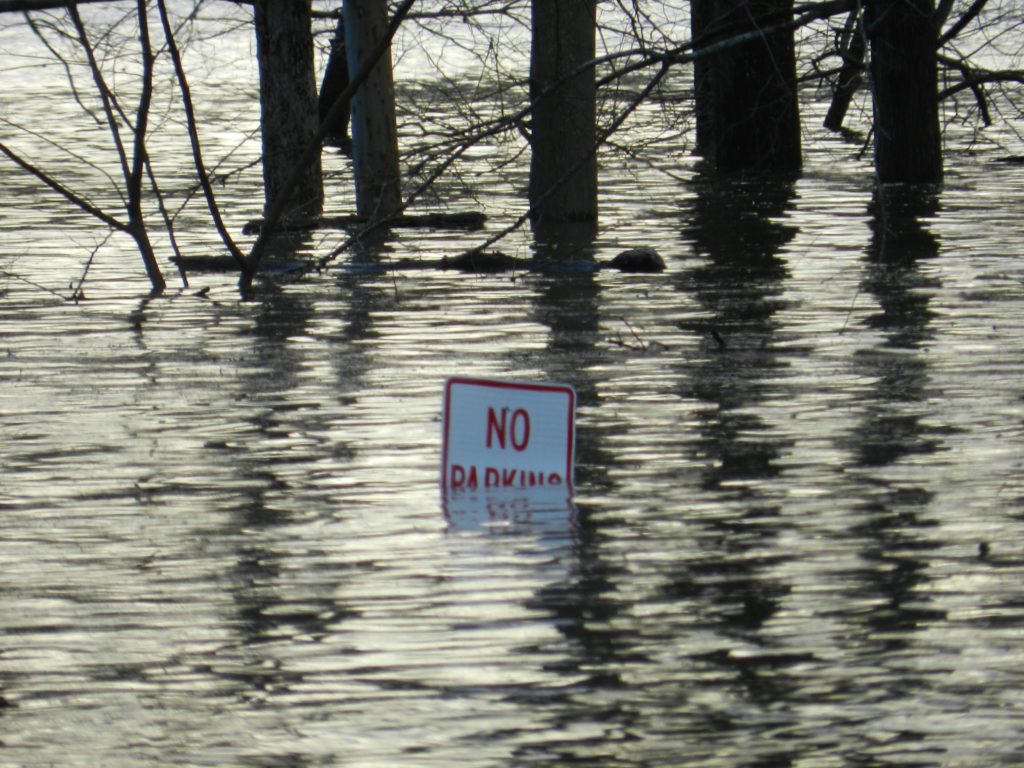The State of High Tide Flooding and Annual NOAA Outlook
Posted
Last Updated
High-tide flooding, often referred to as “nuisance” or “sunny day” flooding, is increasingly common due to years of relative sea level increases. It occurs when tides reach anywhere from 1.75 to 2 feet above the daily average high tide and start spilling onto streets or bubbling up from storm drains. As sea level rise continues, damaging floods that decades ago happened only during a storm now happen more regularly, such as during a full-moon tide or with a change in prevailing winds or currents.
NOAA documents changes in high-tide flooding patterns from the previous year at 97 NOAA tide gauges along the U.S. coast, and provides a flooding outlook for these locations for the coming year, as well as projections for the next several decades.
The State of High Tide Flooding and the Outlook through April 2022
Coastal communities across the U.S. continued to see record-setting high-tide flooding in 2020, forcing their residents and visitors to deal with flooded shorelines, streets and basements — a trend that is expected to continue into 2022.
- The report shows that between May 2020 and April 2021, coastal communities saw twice as many high tide flooding days than they did 20 years ago — and the trend of near record high tides is expected to continue through April 2022
- From May 2020 to April 2021, 14 locations tied or broke their records for the number of HTF days along the U.S. Southeast Atlantic and Gulf coastlines, a 400-1100% increase over what was experienced in 2000. The number of high tide flood events is now accelerating at 80% of NOAA water level stations along the East and Gulf Coasts.
- By 2030, high tide flooding is likely to be in the range of 7 – 15 days and by 2050, between 25 – 75 days. These long term outlooks are based on the range of relative sea level rise ‘more likely’ to occur by 2030 and 2050 using projections of the Fourth National Climate Assessment.Coastal flood warnings for significant risks to life and property, will become much more commonplace as we approach mid-century.
READ MORE at tidesandcurrents.noaa.gov

